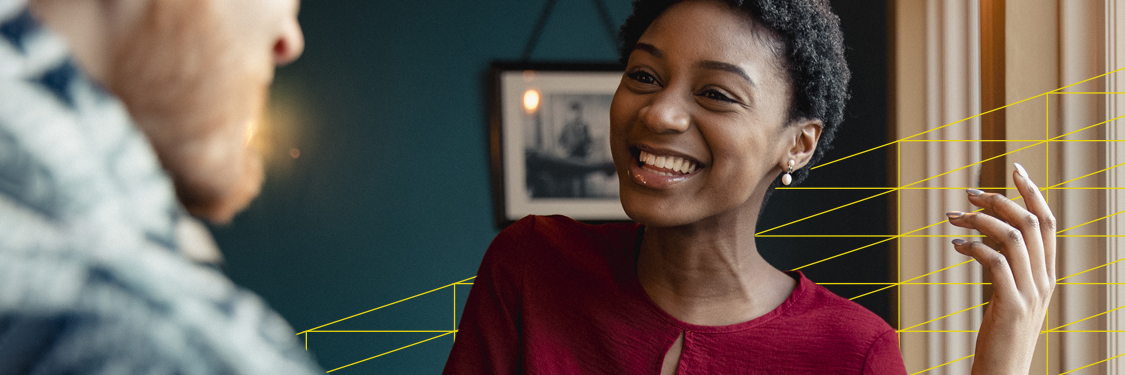
Share Exchange
Move shares from a Fund and Share Account to an HL Stocks and Shares ISA or Self-Invested Personal Pension (SIPP)
Important information - Investments can go down as well as up in value, so you could get back less than you put in. The information on this page isn't personal advice - please ask us for advice if you’re not sure if a course of action or investments are right for you. ISA, pension and tax rules can change and their benefits depend on your circumstances. Once held in a pension your money isn’t usually accessible until age 55 (57 from 2028).
What is the Share Exchange service?
The Share Exchange service allows you to move shares from your HL Fund and Share Account to your HL Stocks and Shares ISA or Self-Invested Personal Pension (SIPP). Here they will be protected from UK income and capital gains tax.
Find out how much Capital Gains Tax you could pay with our Capital Gains Tax Calculator.
For investments not already held in a tax wrapper account, HL’s Share Exchange service could help. Find out more about it in our video.
Moving shares, how it works
You can’t usually move shares directly into these accounts due to HMRC rules. But with Share Exchange you can sell the shares, move the cash to your Stocks and Shares ISA or Self-Invested Personal Pension (SIPP) and then buy the same shares back again, all with one online instruction.
This process is sometimes called a Bed and ISA or Bed and SIPP.
To place an instruction, you'll need to have an open HL Stocks and Shares ISA or Self-Invested Personal Pension (SIPP). If you do not have one already you can open one online with a lump sum. If you require further help, please contact us.
Moving assets into an ISA or pension will count towards your ISA and pension contribution allowances for that tax year. So make sure you’ve checked how much allowance you have left before considering this service.
I’ve been using Share Exchange for years to protect my income and make the most of my allowances.
Mr. Barrett
Submission deadline for tax year 2024/2025
| Type of order | Submission deadline |
|---|---|
| Share Exchange to SIPP | 2pm on 2 April 2025 |
| Share Exchange to ISA | 2pm on 4 April 2025 |
Why move shares to an ISA?
When shares are held within a Stocks and Shares ISA, there's no UK income tax or capital gains tax. And you don't need to declare investments held within a Stocks and Shares ISA on your tax return.
ISA and tax rules can change and their benefits depend on your circumstances.
Why move shares to a SIPP?
Like an ISA, investments held in a pension aren’t subject to UK income tax or capital gains tax. The added benefit is, if you're a UK resident under 75, you can get a tax relief boost on any money you pay in (usually received in 6-11 weeks).
For example, if you use the service to move £1,000 worth of shares into your Self-Invested Personal Pension (SIPP) you could get a £250 top up from the government in basic-rate tax relief. You can invest this as you wish. If you pay tax at a higher rate, you could claim even more tax relief through your tax return.
Pension and tax rules can change and their benefits depend on your circumstances. Once held in a pension your money isn’t usually accessible until age 55 (57 from 2028).

Costs
- No charge for selling the shares in your Fund and Share Account
- No charge for foreign exchange transactions for overseas shares
- A dealing charge of £11.95 (or less for frequent traders) to buy shares back in the ISA or SIPP
All share trades are executed at the mid-price – the price between the buy and sell price. So you won’t be charged the difference between the selling and buying price.
You will pay stamp duty on the repurchase of UK shares – 0.5%. Plus, the panel of takeovers and mergers levy - £1.50 for trades over £10,000.
Other taxes may apply for overseas shares depending on the country and share.
While it’s free to hold shares in a Fund and Share Account, there’s an annual 0.45% charge which is capped at £45 per year for the Stocks and Shares ISA and £200 per year for the SIPP.
Things to be aware of
As part of the Share Exchange service, we will sell and buy back the same stock almost immediately. But you may end up with a lower number of shares than you started with. This is because of a combination of the dealing charge, plus any other costs associated with buying that share (see previous section for details).
While the ISA and SIPP offer protection from capital gains tax, selling the shares to move them into one could result in a capital gain or loss. If your gains are more than the capital gains tax allowance (£3,000 in the 2025/26 tax year) you may need to pay tax on those gains.
The money added to an ISA or SIPP will count towards these allowances for that tax year. Make sure you’ve checked your ISA and pension contribution allowances before considering paying in.
Move shares from a Fund and Share Account to an ISA or SIPP in 5 steps
1
Log in to your HL account via our website and select the Fund and Share Account.
2
Select the ‘Stocks’ tab.
3
Under ‘Actions’ choose the Share Exchange option and choose the account you wish to buy the shares back in.
![]() Under "Actions" the button you need
to select is the third one from the left.
Under "Actions" the button you need
to select is the third one from the left.
4
Choose the shares you wish to sell and buy back in the ISA or SIPP. You can sell all your shares or specify a value.
5
Review your instructions and confirm.
Once we receive your instruction we’ll try to sell and buy back the shares in your selected account. We will do this as soon as possible but it can take up to four working days.
When the deals have taken place, you’ll see the shares in your SIPP or ISA straight away. It may then take up to two working days for the cash to be shown normally in your Fund and Share Account.
See why Richard chose our Share Exchange Service
I would absolutely recommend HL’s Share Exchange Service to others. If you have a need to move investments to more tax-effective accounts and want to keep largely the same investments, it makes the process extremely easy and time efficient.

Richard is self-employed and has a range of accounts with HL to help him make the most of his tax allowances at the start of the tax year.
Richard is self-employed and has a range of accounts with HL to help him make the most of his tax allowances at the start of the tax year.